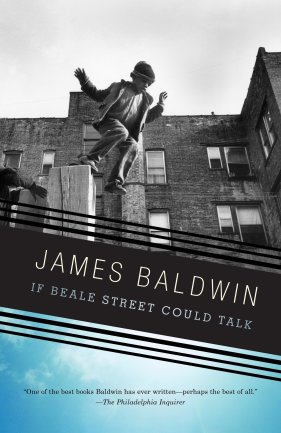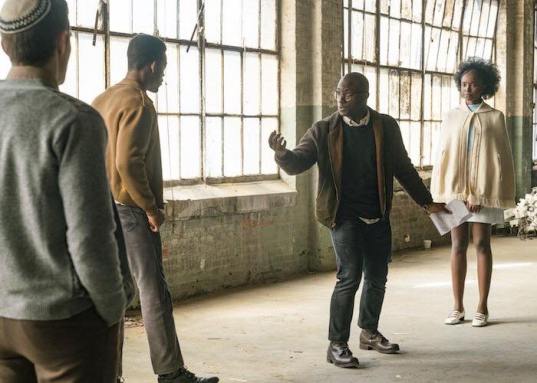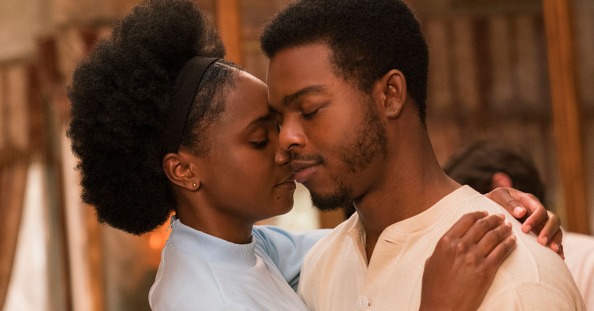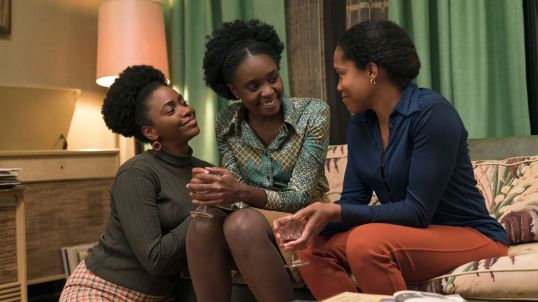“It demands great spiritual resilience not to hate the hater whose foot is on your neck, and an even greater miracle of perception and charity not to teach your child to hate.”
James Baldwin, The Fire Next Time
A friend recently asked me for a book recommendation, and without hesitating I replied, “The Fire Next Time by James Baldwin. It is one of the most important books of the 20th century.” I would strongly urge any American to read it, or anyone who is interested in understanding the history of race in America. James Baldwin brought a crucial voice to American society in the middle of the 20th century, one that is being carried on by many black American artists today. One of these rising artists is filmmaker Barry Jenkins. He hasn’t even turned 40 and already directed the 2016’s Oscar winner for Best Picture, Moonlight. His next film, If Beale Street Could Talk, is an adaptation of a James Baldwin novel by the same name.

Set in Harlem in the early 1970s, it is the story of a young black couple who are hoping to marry and start a life together when the young man is falsely accused of a crime and imprisoned. The creativity and insight of both storytellers results in a powerful combined narrative of love, injustice, powerlessness and resilience. The character’s lives are fraught as they try to pursue hope for a bright future while hitting constant roadblocks of inequality. From housing discrimination to racial profiling, the cards feel continually stacked against them. It is a story of families striving to protect their children to build a better life for them in the face of social degradation. It is a story of resourcefulness in the absence of access to resources, a story of beauty and hope intermixed with fear and disappointment. Beale Street progresses with a slow burn, but the gradual saga it weaves is finely tuned.

Jenkins has a distinct and moving style of filmmaking. He has a unique ability as a storyteller to depict harsh realities with an aura of warmth and beauty. Rather than bleak lighting for bleak themes, Jenkins’ subjects exude vibrant colors. Both Beale Street and Moonlight are visually stunning, mesmerizing in the beauty of their cinematography. He uses long straight-on shots of the characters, endowing them with dignity and a sense of wonder. As you watch them move through their worlds you feel that it is an honor to see them in their fullness, that you are catching a glimpse of something rare and profound. Even when they are suffering or treated with cruelty by others, Jenkins’ camera imputes a constant tenderness that cannot be taken away. I recently heard a comment from someone in the film industry that you need people of color making films because actors with different skin tones have different lighting needs. On a technical level, it can be challenging to make all actors look equally good on screen. Jenkins’ skill in this area is unsurpassed. The actors in his films all look radiant, a testament to what can happen when structural changes are made to bring out the best everyone has to offer.

What Jenkins accomplishes on screen speaks to a bigger call to our American society. A major theme of Beale Street is the creativity that the black community has been forced to cultivate in the absence of opportunity. Deprived of social equality, parents and individuals have to find alternate ways to put food on the table and to try to protect the next generation from harm. This is an exhausting and limiting way to live. Baldwin raises an important question in The Fire Next Time:
“The Negro can precipitate this abdication because white Americans have never, in all their long history, been able to look on him as a man like themselves. This point need not be labored; it is proved over and over again by the Negro’s continuing position here, and his indescribable struggle to defeat the stratagems that white Americans have used, and use, to deny him his humanity. America could have used in other ways the energy that both groups have expended in this conflict. America, of all the Western nations, has been best placed to prove the uselessness and the obsolescence of the concept of color. But it has not.”
What would America look like if racial inequality had not been consuming our energy and creativity for centuries? What could we have achieved by now if we allowed all our citizens to contribute the best of what they have to offer? What else could we have innovated by working together rather than keeping many groups silent and powerless? Segregation and inequality not only damages marginalized groups, it robs all of society. The characters in Beale Street wanted to create and contribute to the flourishing of society. Their contributions were dramatically limited by systemic inequality. Jenkins grew up with incredible environmental challenges and yet has managed to offer art that is lovely and compelling. The call for equality is so much more than a social crusade. It is a call to unlock the God-given potential that lies within our whole country. To seek the flourishing of the marginalized is to seek the flourishing of us all. If we have come this far with a very broken system, imagine how much farther we could go with a system that works for everyone.

Content advisory: Beale Street contains some language and two scenes of sexuality, one including nudity. The scenes are filmed with tenderness and care and compliment the story, but viewer discretion is advised.
Pingback: Ivan’s Top Ten 2018 | The Culture of Moore
Pingback: Heather’s Top Ten 2018 | The Culture of Moore